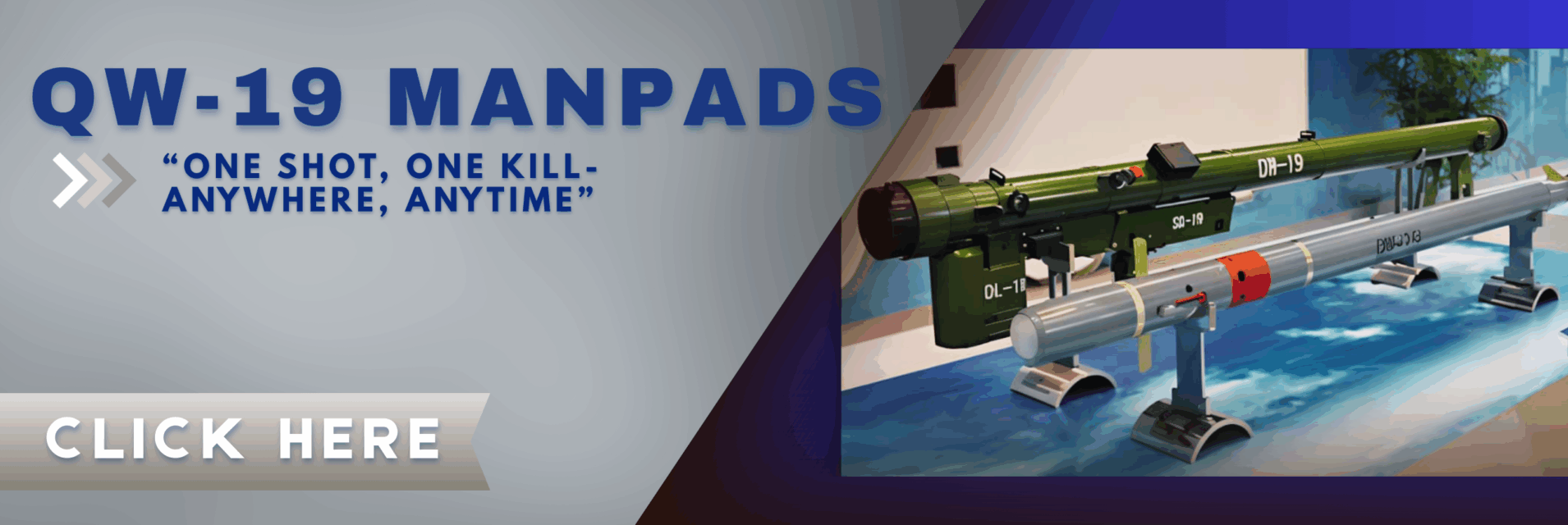Saudi Arabia’s Rejection of China’s J-35A Fighter Jet: A Blow to Beijing’s Ambitions in the Gulf
Saudi Arabia’s Snub Undermines China’s Strategic Influence in the Middle East

(DEFENCE SECURITY ASIA) – In what is seen as a significant setback to China’s strategic ambitions in the Middle East, Saudi Arabia has reportedly declined Beijing’s offer to sell its J-35A stealth fighter jets, a fifth-generation warplane that China hoped would challenge Western dominance in the region.
The rejection delivers a direct blow to Chinese President Xi Jinping’s broader Middle East strategy, which aims to displace American-made military platforms in the Gulf with Chinese defense technology.
Beijing has actively sought to expand its arms footprint in a region historically aligned with Western defense contractors, but Riyadh’s move signals that Gulf states remain wary of fully integrating Chinese-made military hardware into their arsenals.
According to experts cited in an Indian defense report, Xi Jinping had anticipated that if a major Gulf military power like Saudi Arabia opted for the J-35A, it would disrupt Washington’s dominance in the regional arms market.
The deal could have set a precedent for other Gulf states to pivot toward Chinese military technology, thereby curbing the United States’ strategic leverage in the oil-rich region.
However, despite Beijing’s extensive diplomatic and military outreach, Saudi Arabia chose instead to advance discussions with the United Kingdom, Italy, and Japan during the G-20 summit in India, where Riyadh explored potential collaboration in developing sixth-generation fighter jets.
This strategic pivot suggests that Saudi Arabia is prioritizing cutting-edge defense technology from established military-industrial powerhouses rather than embracing China’s relatively unproven fifth-generation capabilities.
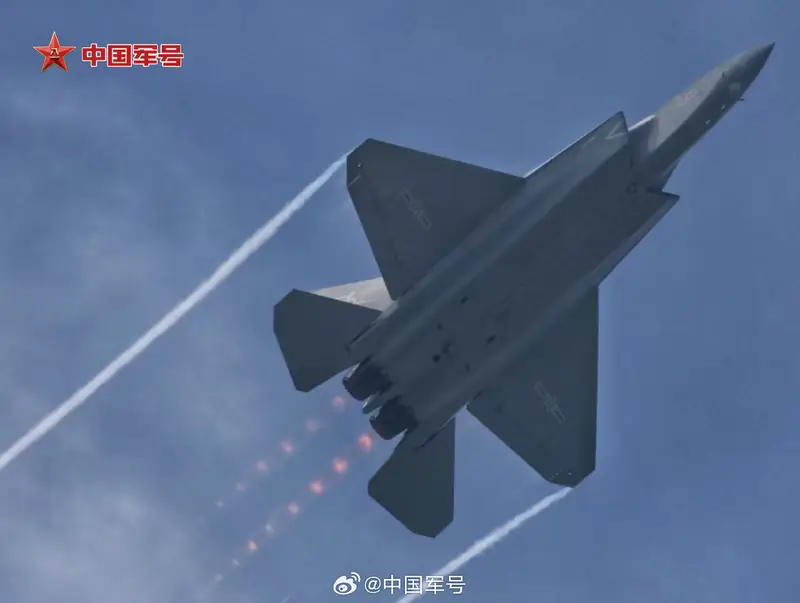
The rejection of the J-35A aligns with Riyadh’s broader strategy of maintaining a diversified military procurement approach, balancing ties between Western allies, emerging defense partners like Türkiye, and new players like China.
Reports from late 2023 indicate that Saudi Arabia is actively considering the acquisition of approximately 100 units of Türkiye’s next-generation “KAAN” fighter jets, an ambitious fifth-generation stealth aircraft being developed by Turkish Aerospace Industries (TAI).
The potential procurement of the KAAN was reportedly a key topic of discussion during a high-profile visit to Türkiye by the Commander of the Royal Saudi Air Force (RSAF), Prince Turki bin Bandar Al Saud.
The Saudi delegation met with leading Turkish defense firms, including Roketsan, Aselsan, and TAI, underscoring Riyadh’s growing interest in diversifying its defense partnerships beyond traditional Western suppliers.
Beyond Türkiye, the RSAF has also engaged in negotiations with manufacturers of the Rafale (France), F-15EX (United States), and Eurofighter Typhoon (United Kingdom, Germany, Italy, and Spain).
This diversified procurement strategy reflects Riyadh’s commitment to acquiring advanced multi-role combat aircraft from a range of suppliers, ensuring interoperability while hedging against geopolitical uncertainties.
In contrast, China’s J-35A fighter jet has struggled to attract buyers, with Pakistan currently the only country expressing interest in the aircraft.
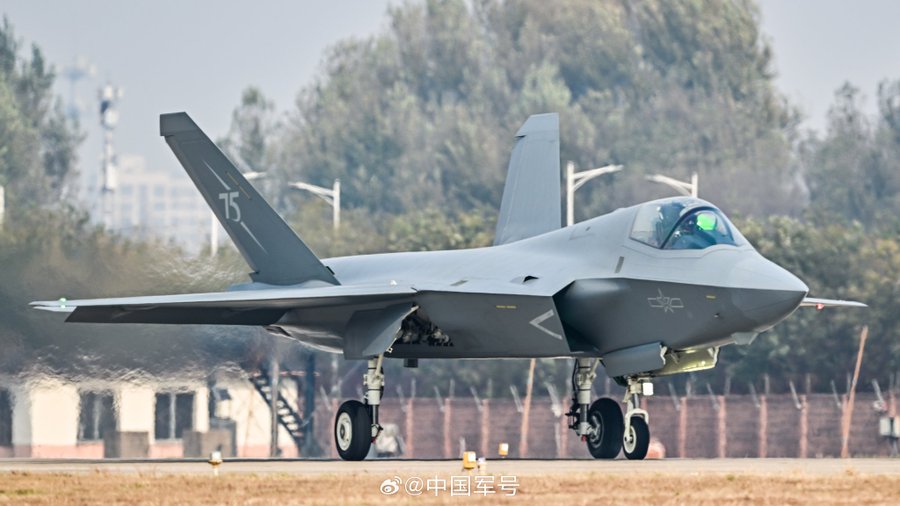
After months of speculation, Pakistan officially confirmed in December 2023 that it would procure 40 units of China’s J-35A stealth fighters, marking the first-ever export of a Chinese fifth-generation fighter jet.
Islamabad’s move is expected to reshape the air power balance in South Asia, potentially giving Pakistan a technological edge over India, which still relies on a mix of Su-30MKI and Rafale jets—both 4th and 4.5-generation aircraft.
Pakistan’s acquisition of the J-35A was finalized following a high-level visit by China’s top military official, General Zhang Youxia, to Islamabad, where he held closed-door talks with Pakistan’s Chief of Army Staff, General Asim Munir.
This development highlights Pakistan’s deepening military ties with China, a relationship that has grown amid rising tensions with India.
The introduction of the J-35A into Pakistan’s fleet could force India to accelerate its own pursuit of fifth-generation fighter jets, including potential upgrades to the indigenous Advanced Medium Combat Aircraft (AMCA) program.
At Airshow China 2024 in Zhuhai, Beijing officially unveiled the first images of the J-35A, presenting it as China’s answer to Western stealth fighter dominance.
The J-35A is China’s second fifth-generation fighter, following the J-20 “Mighty Dragon,” which has remained exclusive to the People’s Liberation Army Air Force (PLAAF) due to classified technology and sensitive components.
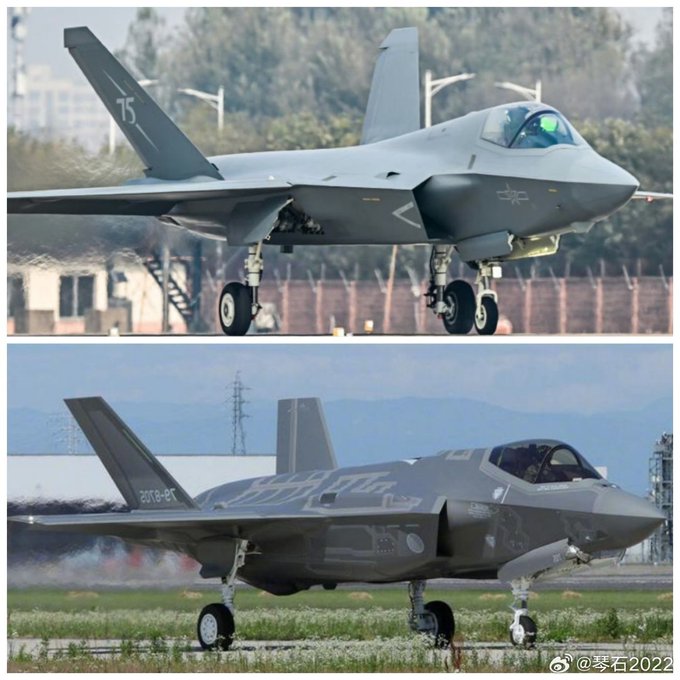
Manufactured by Shenyang Aircraft Corporation, the J-35A is envisioned as a multirole stealth fighter, optimized for both air-to-air superiority and precision air-to-ground strike missions.
Key Features of the J-35A Stealth Fighter
-
Twin-Engine Design: Unlike the single-engine F-35, the J-35A features a dual-engine configuration, enhancing thrust, maneuverability, and operational endurance.
-
Stealth Capabilities: Incorporates advanced radar-evading technologies, featuring a reduced radar cross-section and internal weapons bays to minimize detectability.
-
Mach 2.0 Speed: Reports suggest that the J-35A can reach speeds exceeding Mach 2.0, faster than the F-35’s Mach 1.6 limit.
-
Avionics and Sensor Suite: Boasts an integrated sensor network, including active electronically scanned array (AESA) radar, electronic warfare capabilities, and advanced target acquisition systems.
-
Operational Variants:
-
Land-Based Version: Developed for the PLAAF.
-
Carrier-Based Version: Equipped for catapult-assisted takeoff, designed for deployment on China’s latest Type 003 Fujian aircraft carrier.
-
Saudi Arabia’s rejection of the J-35A underscores the challenges Beijing faces in positioning itself as a viable alternative to Western defense giants.
While China has successfully penetrated markets in Africa and parts of Asia, the Gulf remains firmly within Washington’s security orbit, bolstered by extensive U.S. military presence and defense agreements.
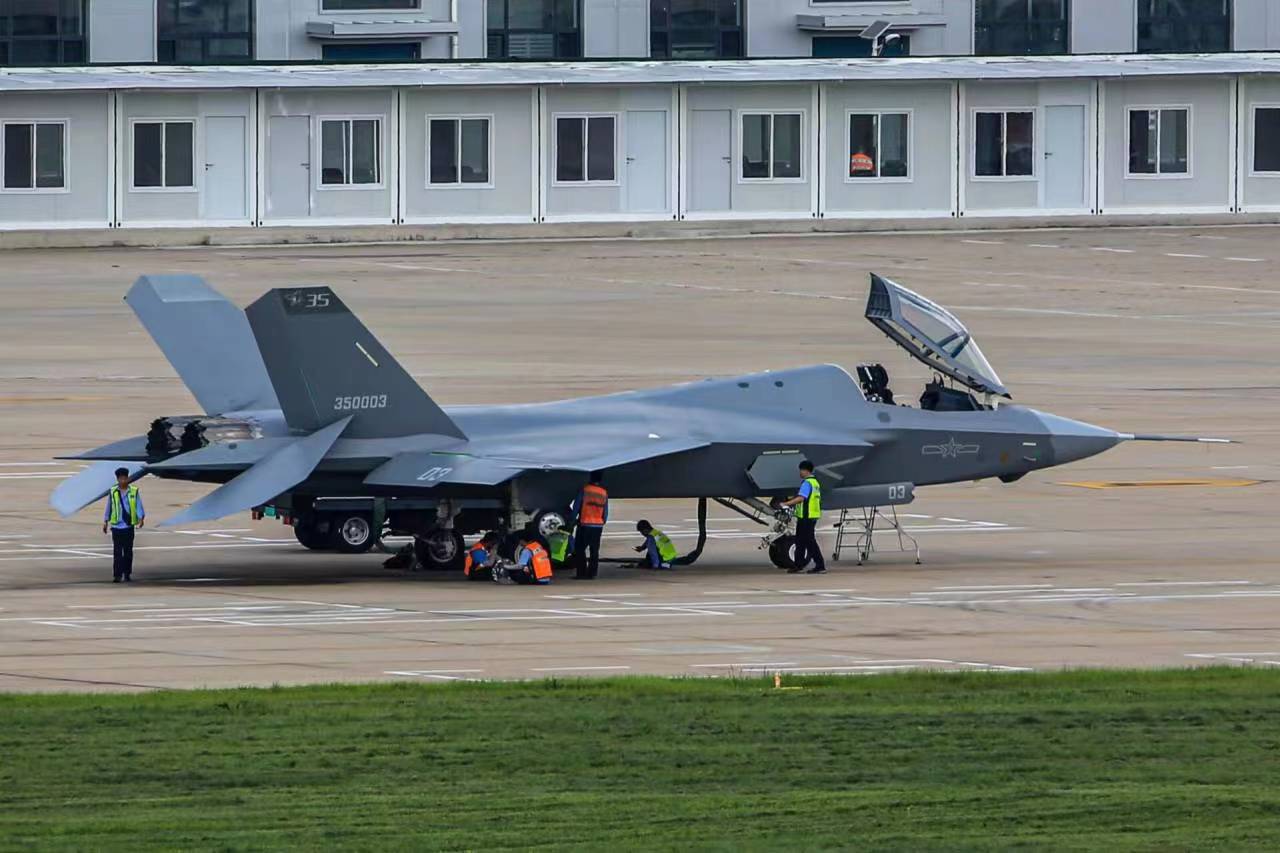
The Kingdom’s decision to explore sixth-generation fighter programs with Western and Asian partners signals a long-term vision for next-generation air dominance, rather than merely seeking incremental upgrades through existing fifth-generation platforms.
Meanwhile, Pakistan’s acquisition of the J-35A will be closely monitored by military analysts, particularly regarding its performance in real-world operations.
If the aircraft proves effective, it could pave the way for further Chinese arms exports, but if it fails to meet expectations, it could reinforce global skepticism toward Chinese-built fighter jets.
For now, Saudi Arabia’s rejection of the J-35A reaffirms the enduring influence of Western aerospace technology in the Middle East and raises fresh questions about China’s ability to compete in the high-stakes world of modern air combat.
— DEFENCE SECURITY ASIA


